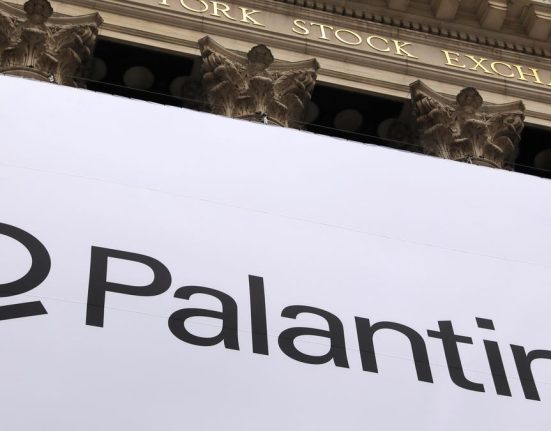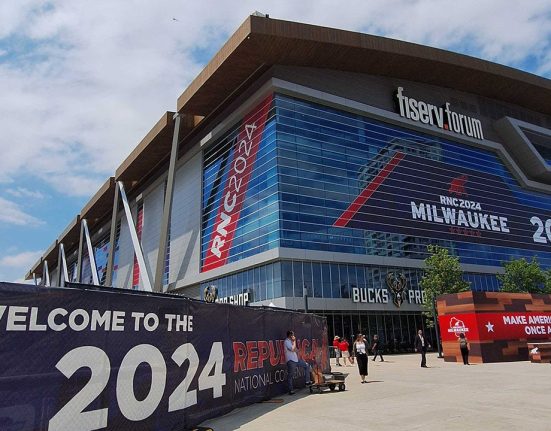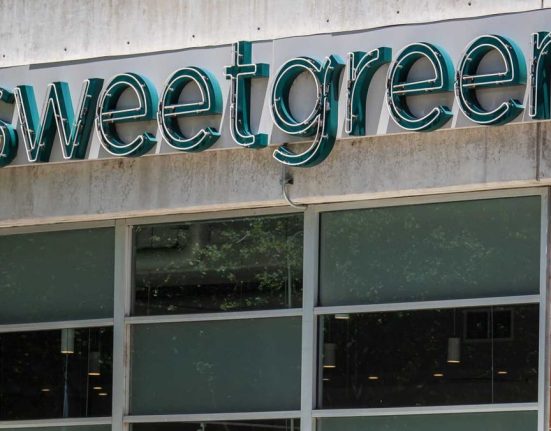
Trump claims bill will have tax savings for Wisconsin DoorDash driver
While highlighting the “Big Beautiful Bill,” President Donald Trump referenced how he claims a Wisconsin DoorDash driver will benefit from tax cuts and “no tax on tips” in the spending bill.
- President Trump’s “One Big Beautiful Bill” introduces changes to the federal student loan system, including a new Repayment Assistance Plan (RAP).
- RAP replaces income-driven repayment plans like Biden’s SAVE plan, offering different terms for loan repayment and forgiveness.
- The bill also introduces caps on borrowing for graduate and professional students, as well as Parent PLUS loans.
President Donald Trump’s “One Big Beautiful Bill,” a tax and spending bill signed into law July 4, is bringing changes to the federal student loan system that will affect millions of current and future borrowers.
The new legislation cuts the number of loan repayment plans available to borrowers, replaces programs that benefit lower-income families and changes how parents can help their children pay for tuition.
How will student loan repayment look different?
The passing and signing of the “big beautiful bill” created a new student loan repayment plan called the “Repayment Assistance Plan,” also know as RAP. There is also a standard repayment plan that allows borrowers to repay loans over 10 to 25 years based on the amount they owe, regardless of income.
Millions of borrowers will have access to RAP next year, and it may be the only choice that some can afford with the termination of Joe Biden’s Saving on a Valuable Education, or SAVE, plan.
What do we know about RAP’s terms?
RAP is an “income-driven repayment plan,” according to the U.S. Department of Education. These plans were created by Congress in the 1990s to make student loan bills more affordable by capping monthly payments at a percentage of discretionary income, and typically cancelling remaining debt after 20 to 25 years.
RAP calculates borrowers’ bills based on adjusted gross income, which is essentially total earnings before taxes. As a borrower’s earnings increase, so does their payment under the plan. Monthly RAP payments range from about 1% to 10% of earnings; that percentage gets bigger the more money a borrower makes.
There is a minimum monthly payment of $10 for all borrowers under RAP, unlike previous plans, which offered low-income borrowers a $0 monthly payment. And, student loan forgiveness with RAP happens after 30 years, as opposed to the usual 20 to 25 years under other repayment plans.
What will happen to Biden’s SAVE plan?
Trump’s bill requires SAVE borrowers to find a new loan repayment program by the end of June 2028. If they don’t, they will automatically be enrolled in RAP based on their discretionary income after July 1, 2028.
Nearly 8 million borrowers were enrolled in the Biden-era SAVE plan.
What are some of the new caps on student loans?
The bill sets a lifetime cap of $100,000 in borrowed money for graduate students, as well as a $200,000 cap for medical and law school students. It also reduces opportunities to defer or forbear loan payments and introduces new limits on borrowing for part-time students.
Borrowers who combine their student loans into one income-driven plan before July 1, 2026, will be eligible for an income-based repayment plan, and not RAP.
Those who don’t consolidate their loans in time will be eligible only for the new standard repayment plan and, being locked out of income-driven repayment, some may find it difficult to manage their loans.
There will also be a $65,000 cap on Parent PLUS loans, which are unsubsidized loans that parents can take out to support their undergraduate student children. Anyone who takes on new Parent PLUS loans after July 1, 2026, will be eligible only for standard repayment.
Who is most affected by these changes?
New federal student loan borrowers will likely be affected the most by changes to federal student loans under Trump’s “big beautiful bill.” The 40 million-plus Americans already in student loan debt will see less of an effect.
What is the “big beautiful bill?”
The “big beautiful bill” is a nearly 900-page document that sets tax breaks on tips and overtime, slashes benefit programs like Medicaid, removes accessibility of the Supplemental Nutrition Assistance Program, rolls back clean energy tax credits and launches new benefits for some businesses.
In Wisconsin, about 63,000 residents could lose access to BadgerCare Plus coverage under Medicaid. Wisconsinites could also see higher premiums, lost marketplace coverage and cuts to FoodShare benefits. Additionally, Planned Parenthood of Wisconsin clinics are at risk of closure.
We want to hear from you. What do you want to know about student loans?
The Milwaukee Journal Sentinel wants to hear from readers: What questions do you have about the future of federal student loans under the Trump administration?
Complete the survey below, or email mthurow@gannett.com with your questions and contact information.
Contact Mia Thurow at mthurow@gannett.com.







